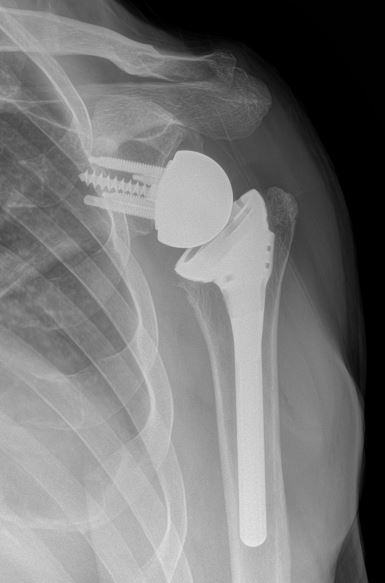In the not-too-distant past, the practice of orthopedic surgery was largely centered on patient care within the hospital. Many orthopedic problems required long inpatient hospital stays and even prolonged bedrest. Many fractures were treated with traction; placing a metal pin across a bone and hanging weights off the side of a bed to pull on a fracture, maintaining fracture alignment while the bone heals. Broken bones can take 6 weeks or even longer to heal, so you can imagine the lengthy time patients spent stuck in a bed with weights hanging off of their leg. This sounds like medieval torture rather than medical treatment if you ask me. Joint replacement patients would spend a week or even more in the hospital while they recovered and generally spent weeks at inpatient rehabilitation facilities during their recovery period. Even arthroscopic surgery for rotator cuff repairs in the shoulder and anterior cruciate ligament repairs in the knee spent a few days in the hospital after surgery for therapy and pain control.
Over the past few decades, advancements have been made in orthopedic surgery. Improvements in surgical devices, implants, surgical techniques, and even pain management have improved patient outcomes and changed the way we care for patients. Fracture fixation devices such as intramedullary rods have improved healing rates and are strong enough to allow for immediate weight bearing, allowing patients to be out of bed and walking right after surgery; a very far cry from spending weeks in bed in traction waiting for bones to heal. Regional blocks, long-lasting anesthetic agents, delivered to an arm or leg can give extended pain relief postoperatively providing enough comfort for patients to return home after surgery. Recently there has been a dramatic shift towards the outpatient surgical management of many orthopedic problems. Surgery in the outpatient setting carries many advantages such as decreased infection rates, increased efficiency, and more cost-effective care.
Most upper extremity operations have been performed regularly in the outpatient setting for decades. Recently arthroscopic rotator cuff repairs have successfully made that transition and most are now performed successfully on an outpatient basis. In the past decade shoulder replacement surgery has seen tremendous advancements in implants and techniques leading to significantly improved outcomes. Patients having shoulder replacement surgery experience dramatic improvements in pain, function and motion with very high success rates and very low complication rates. In addition, from a post-operative pain standpoint shoulder replacement is very well tolerated; possibly more so than arthroscopic rotator cuff repair.

The time has now come for shoulder replacement surgery to begin its transition to the outpatient setting. With our improved understanding of the recovery process from shoulder replacement, low complication rates, and improved pain management protocols patients may now begin to enjoy the benefits of shoulder replacement surgery while recovering in the comfort of their own home. For the right patient, outpatient shoulder replacement surgery has been demonstrated as safe and effective. This advancement will come with the benefit of improved efficiency, decreased infection rates, and improved cost-effectiveness of care.
As part of our constant effort to deliver excellent, high-quality, successful care to our patients at Syracuse Orthopedic Specialists; we will begin this transition in 2018. Improving the patient experience and improving patient outcomes is our focus. Transitioning appropriate care to the outpatient setting will help to achieve this. After all, there is no place like home.

